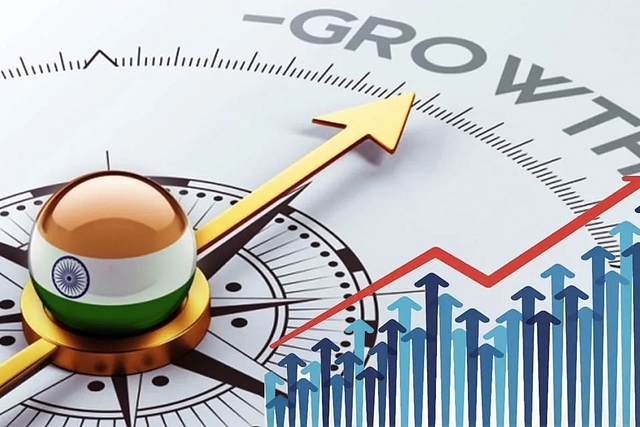Join the Semiconductor Revolution
Call anytime
+91-9871140801
The Indian economy is one of the largest and fastest-growing in the world. As a mixed economy, it features a blend of private and public enterprises, and its strength lies in the diversity across agriculture, industry, and services. India's journey from a largely agrarian society to a global technology and manufacturing player is a story of transformation driven by reforms, innovation, and resilience. Let’s explore the key aspects of the Indian economy in depth.
India is the fifth-largest economy globally by nominal GDP and ranks third by purchasing power parity (PPP). Since the 1991 economic liberalization, the country has seen substantial growth by opening up markets, reducing state control, and encouraging private enterprise. Recent years have seen an average growth rate of 6–7%, although global and domestic challenges have caused fluctuations. Regardless, India continues to be a beacon of potential among emerging markets.
The Indian economy thrives through a trio of core sectors: services, agriculture, and industry.
With a population of approximately 1.4 billion, India has one of the world's youngest workforces, boasting a median age of just 28 years. This demographic dividend holds promise for sustained economic expansion. However, the country must tackle issues like unemployment, underemployment, and skill mismatches to fully leverage its labor force.
Despite growth, India faces significant obstacles. Poverty and inequality, though improved, continue to impact millions. Infrastructure remains underdeveloped, particularly in rural regions. Environmental issues, such as pollution and water scarcity, are growing concerns. Additionally, managing inflation, reducing fiscal deficits, and ensuring economic inclusiveness are critical areas of focus.
The 1991 reforms reshaped the Indian economy, focusing on liberalization, privatization, and globalization. These reforms aimed to open up the economy to global markets and create a more competitive environment. More recent reforms include the introduction of the Goods and Services Tax (GST), updated bankruptcy laws, and the promotion of digital payments. These initiatives aim to streamline the economy and improve the ease of doing business.
India is an active global trade partner. Major exports include software services, petroleum products, jewelry, and textiles. Its key trade partners are the United States, China, UAE, and the EU. India is also a member of international organizations such as the WTO, BRICS, and G20, which help shape its global economic interactions.
The Reserve Bank of India (RBI) is the nation's central bank, overseeing monetary policy, inflation control, and currency stability. India’s banking sector includes large public sector banks, as well as private and foreign institutions. Financial inclusion, especially in rural areas, has been a major governmental focus, supported by digital banking initiatives.
India ranks as a top destination for foreign investment. With a large consumer base, young workforce, and improving infrastructure, sectors like retail, defense, and insurance are seeing increased FDI. Relaxed regulations and improved transparency have contributed to this growth, positioning India as a favorable environment for international businesses.
India is rapidly digitizing. The Digital India initiative has transformed service delivery, boosted internet access, and fostered innovation. From e-governance to mobile payments, digital tools are reshaping how Indians live and work. The tech boom, fueled by affordable smartphones and internet access, is opening new economic frontiers.
The Indian economy holds immense promise. With strategic reforms, a booming digital sector, and a young population, the future looks optimistic. However, persistent challenges such as inequality, environmental sustainability, and global uncertainties must be addressed. Sustainable and inclusive growth will be key to India’s journey toward becoming a global economic powerhouse.
